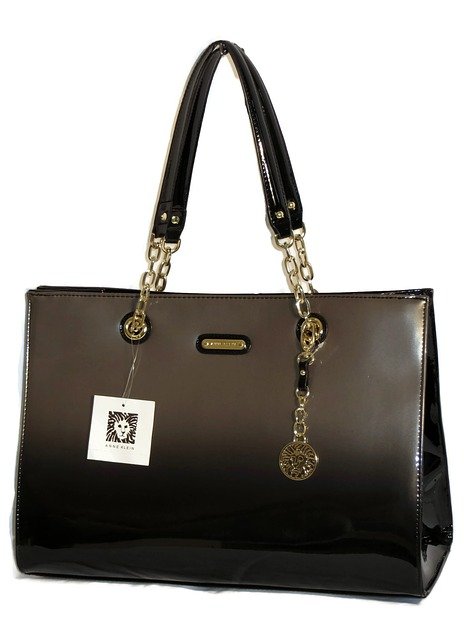Handbags for Every Style: Practical Tips for Fashion, Wholesale, and Retail
Handbags are more than functional carryalls; they’re a personal statement that blends fashion, utility, and occasion. This article focuses on how to choose, source, and sell handbags across different settings — from boutique retail floors to wholesale buying and online shopping. Note: any prior placeholder system messages (for example, "Service Unavailable: ") were artifacts and are not part of this editorial content.

handbags: what to consider when choosing one
Choosing the right handbag begins with assessing needs: size, compartments, and how you plan to use it day to day. Consider materials (leather, canvas, vegan alternatives) for durability and care requirements. Hardware, strap length, and closure type (zipper, magnetic snap, flap) affect convenience and security. Style-wise, think about versatility: a classic tote or structured satchel typically spans work-to-evening use, while crossbody bags free your hands for shopping or travel. Inspect stitching and lining quality if buying in person, and read product descriptions and customer reviews for online purchases.
wholesale: how to source handbags in bulk
Buying handbags wholesale is ideal for retailers, pop-ups, and designers launching capsule collections. Start by verifying supplier credibility through trade references, reviews, and product samples. Look for minimum order quantities (MOQs), lead times, and customization options like private labeling or bespoke packaging. Understand shipping terms and import duties if sourcing internationally. Request clear quality-control policies and return terms. When possible, visit trade shows or request a factory tour. Wholesale channels can lower per-unit costs and enable broader inventory selection, but require careful planning for cash flow and storage.
fashion: current handbag trends and timeless designs
Fashion trends shift seasonally, but certain silhouettes remain perennial favorites. This season often sees a mix of micro-bags for evening looks, utility-inspired totes for daytime, and sculptural shapes as statement pieces. Colors can swing between neutrals for everyday wear and bold hues or metallics for seasonal highlights. Material trends include sustainable options like recycled fabrics and plant-based leathers. For a balanced wardrobe, pair trend-forward purchases with one or two timeless pieces — a neutral leather satchel or classic crossbody. That approach keeps your collection adaptable without overspending on fleeting styles.
shopping: tips for buying handbags online and in stores
Smart shopping starts with setting a budget and listing must-have features. In stores, try bags on to test comfort and practicality: fill them with your typical contents to gauge fit. For online shopping, scrutinize dimensions, weight, internal layout, and return policies. Look for high-quality photos that show hardware and interior. Check customer reviews for wear over time, and watch for warranty or repair services. When comparing prices, factor in shipping fees and potential taxes. Seasonal sales and end-of-line clearance can be good opportunities to buy quality pieces at reduced prices without sacrificing durability.
retail: merchandising and selling handbags effectively
In retail, presentation drives interest. Group handbags by use (work, travel, evening) and create coordinated displays with related apparel or accessories to encourage add-on purchases. Use clear signage listing material, dimensions, and price tiers. Offer staff training on product knowledge so sales associates can advise on fit and care. Online retailers should optimize product pages with multiple angles, lifestyle images, and keywords for search engines. Consider a mix of price points and exclusive items — limited-edition colors or small-batch collaborations can create urgency. Inventory management is crucial: track turnover rates and reorder fast-moving styles promptly.
Handbags can serve diverse markets — individual shoppers seeking that one perfect bag, retailers curating seasonal ranges, and wholesale buyers stocking multiple styles. Sourcing and selling successfully depends on understanding your audience, maintaining quality controls, and balancing trend-led items with classic investments. When communicating about products, be transparent about materials, care instructions, and any third-party certifications for sustainability to build trust with customers.
Conclusion
A thoughtful approach to handbags—from selecting materials and styles to sourcing wholesale and merchandising in retail—makes the difference between a forgotten accessory and a beloved signature piece. Prioritize quality, clarify what customers need, and adapt your inventory to combine fashion-forward finds with enduring staples for a balanced offering that suits shopping habits worldwide.






